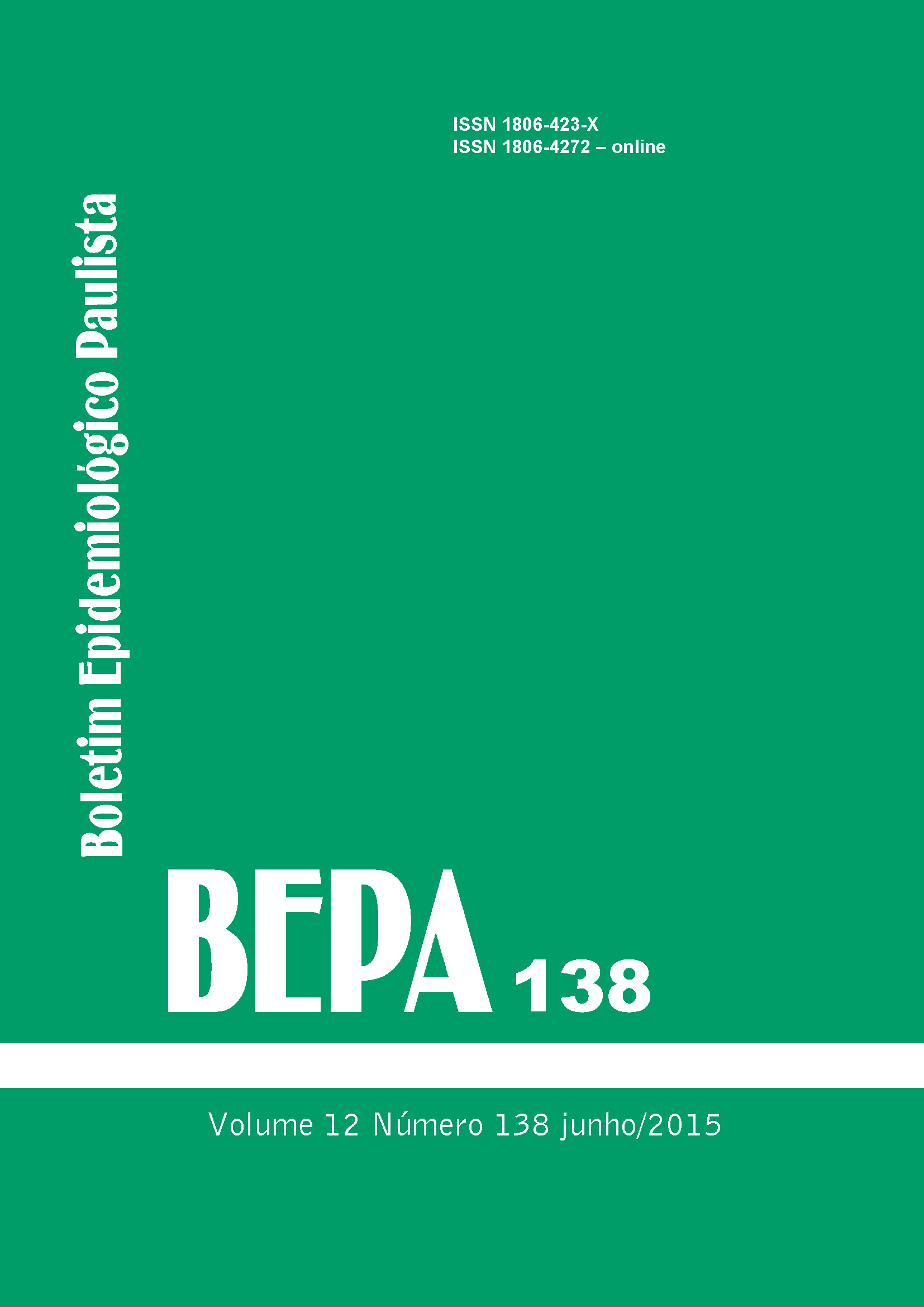Abstract
To assess the impact of meningococcal C conjugate vaccine (MCCV), to estimate incidence and mortality rates of meningococcal disease (MD) in birth cohorts recommended and not recommended for vaccination and to measure direct vaccine effectiveness of the National Vaccination Program immunization schedule. We assessed the impact of MCCV in a descriptive study including cases of MD reported in the city of Sao Paulo, Brazil, from 1998 to 2012. We used the standard case definition recommended by the Brazilian Ministry of Health for MD reporting. We assessed changes in the disease epidemiology in the city for the entire study period and estimated incidence and mortality rates of MD (overall and by age group) from 2008 to 2012 using Poisson regression models. We conducted an impact analysis of MCCV by comparing incidence and mortality rates of MD before and after vaccine introduction. We also estimated the population prevented fraction (PPF) by comparing incidence and mortality rates of MD between 2009 and 2012 in the entire population and by age group and serogroup C. To measure vaccine effectiveness, we carried out a population-based case-control study matched for area of residence with a 4-to-1 ratio of controls to cases. Cases and controls were selected among children born from January 2009. Cases were those children admitted to the citys hospitals who were diagnosed with MD serogroup C (MDC) confirmed by culture and/or real-time polymerase chain reaction and reported to the surveillance system from 2011 to 2013. Controls were selected among children with no history of MD from neighboring areas of cases. We calculated vaccine effectiveness using the formula (1 odds ratio [OR] for 13 vaccination) and estimated crude and adjusted ORs and related 95 per cent confidence intervals (95 per cent CI) by conditional multiple logistic regression. We assessed the association between MCCV vaccination and MDC the dependent variable by estimating OR after adjustment for the potential confounders. There was an impact of MCCV on the incidence of MD in all serogroups, the PPF among children under age one, age one, and age two were 62.7 per cent , 69.6 per cent, and 61.4 per cent , respectively; and in serogroup C, the PPF in children under age two and age two to three were 81.6 per cent and 67.9 per cent . There was also an impact on the overall mortality rate of MD, the PPF in children under age two and age two to three were 86.2 per cent and 77.8 per cent; and on mortality of MDC, the PPF was 84.2 per cent in children under age four. MCCV effectiveness in children was 97.7 per cent (95 per cent CI 99.6 per cent 89.6 per cent ) after adjusting for age, number of persons per room, and household income. The MCCV strategy implemented in Brazil had a high impact on birth cohorts recommended for vaccination. This impact was more pronounced on mortality rates, which suggests that, in addition to preventing disease, MCCV can prevent most severe forms of MD. MCCV proved to behighly effective in the age groups targeted.

This work is licensed under a Creative Commons Attribution 4.0 International License.
Copyright (c) 2015 Doença meningocócica, Eliseu Alves Waldman
